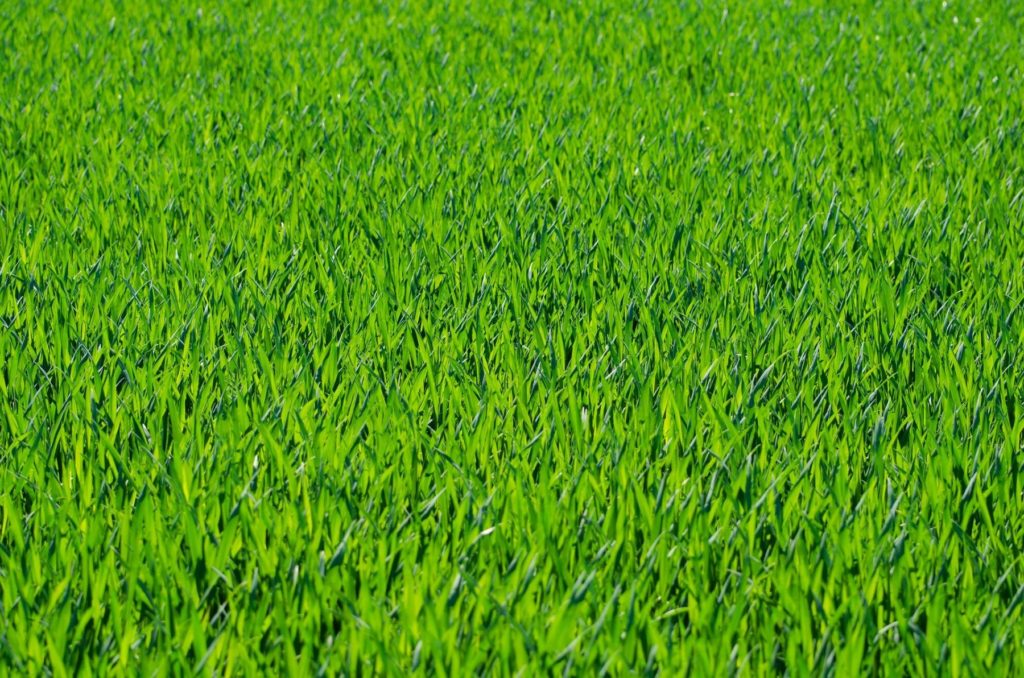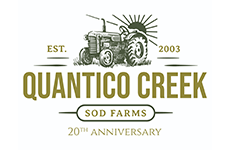
Taking care of your lawn can be tricky. It gets even trickier when lawn pests move in and attempt to do their best to ruin it.
Taking care of your lawn can be tricky. It gets even trickier when lawn pests move in and attempt to do their best to ruin it. Pests can pop up at any time of year, but these are just a few that are most common during the summer months.
Chinch Bugs
Chinch bugs are the first type of lawn pests that you need to be aware of. They lurk on the surface and feed on grass sap. Their saliva is also dangerous to grass plants of all types.
Sod Webworms
These lawn pests are tiny moths. They tend to come out when you go to mow your lawn. Adult webworms don’t cause any problems – it’s the larvae you have to watch out for since they feed at night. It’s hard to figure out if you have them until lawns go dormant due to drought or heat stress, two problems that can become issues during a summer heatwave.
Cutworms and Armyworms
These two lawn pests are types of caterpillars. They adore eating grass leaves and crops. Normally they don’t manifest in lawns and even if they do, they’re usually not a nuisance unless they have enough numbers to form an army, and then they march across the grass eating everything in their path, which is how they got their name.
Billbugs
Billbugs are a type of weevil. They hide during the winter months but become more active in warmer weather. The larvae of these lawn pests are also called grubs, but they look white and feature a copper-colored head and no legs. They attack and feed on the growing point of grass, which hinders its growth and eventually kills the grass. Billbugs hide in the thatch layer and are extremely hard to find.
White Grubs
Grubs aren’t bugs on their own so much as they are the larvae of other insects that mature from them. White grubs turn into scarab beetles. They typically lay their eggs during the summer and then the larvae feast on the roots of the grass after they hatch. Because the root system is being removed, your grass won’t be able to grow. That’s because it’s being robbed of water and nutrients. Any spots that are affected by grubs will turn brown and the turf will be easier to pull back from off the ground. You’ll find grubs hiding in the underlayment of the soil.
Have More Questions? Stay in Touch!
Order early, and order often to ensure the best service possible. Contact us through our online page. Find us at 27616 Little Lane, Salisbury, Maryland 21801. Our phone number is 410-726-6103, and our fax number is 410-742-6550. Speak to Jason Anderson for Turf Grass Sales. Reach him by email at jason@quanticocreeksod.com. Finally, follow us on social media on Facebook, LinkedIn, and our blog!
